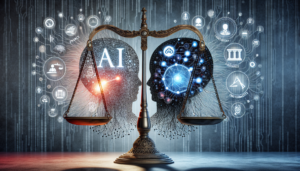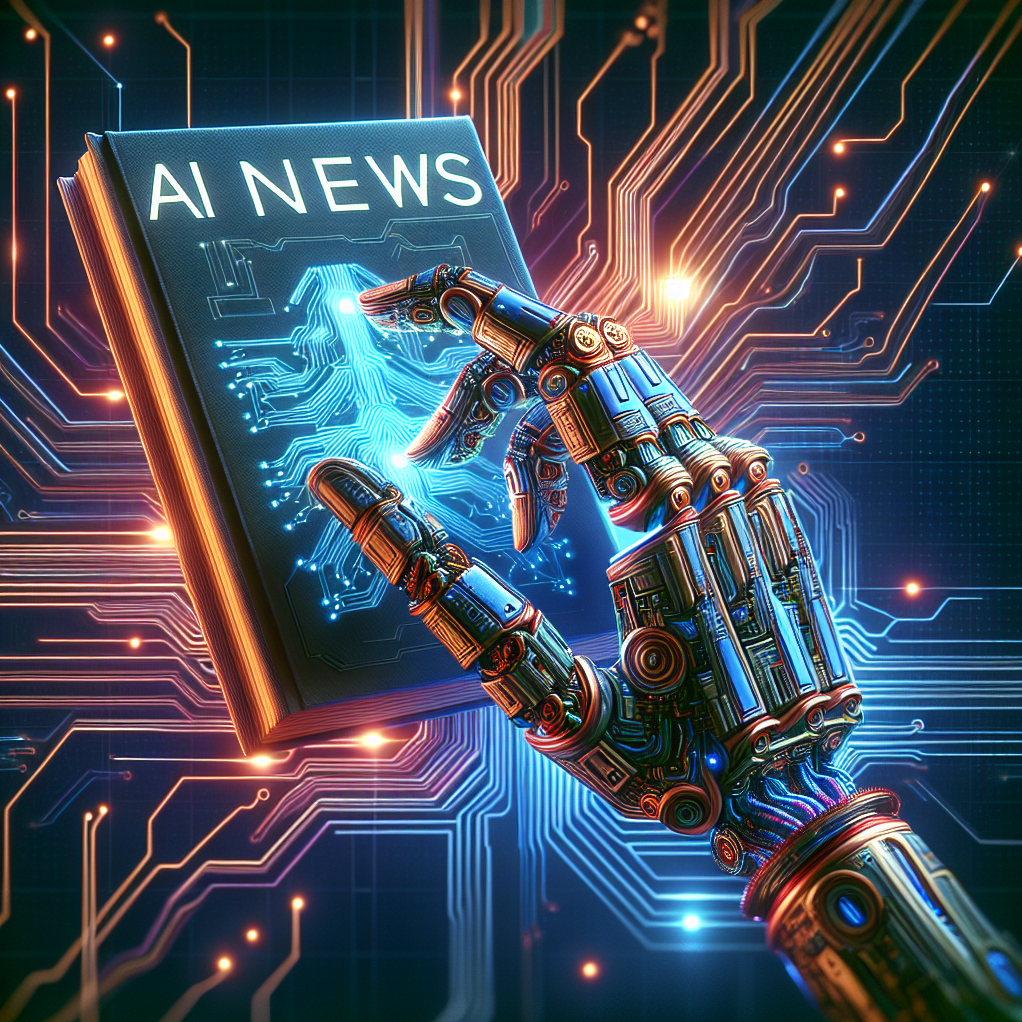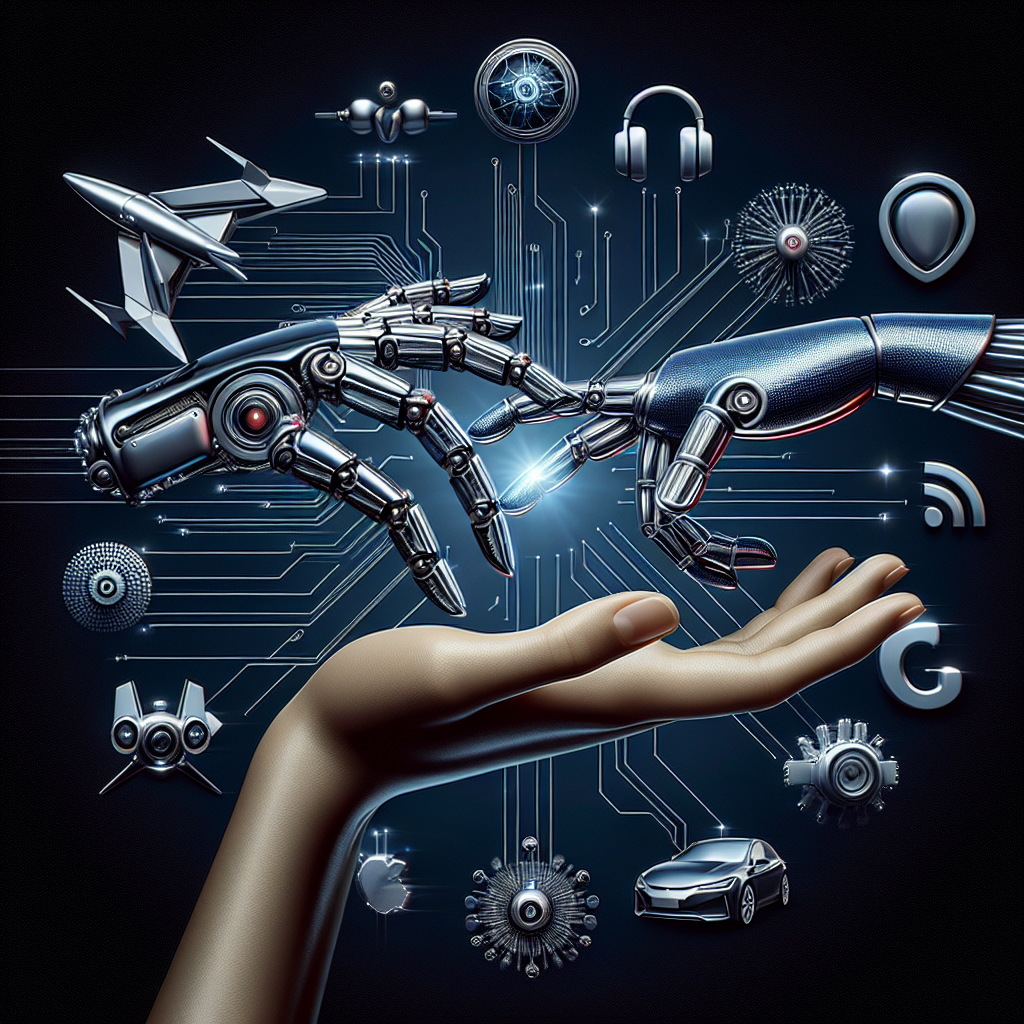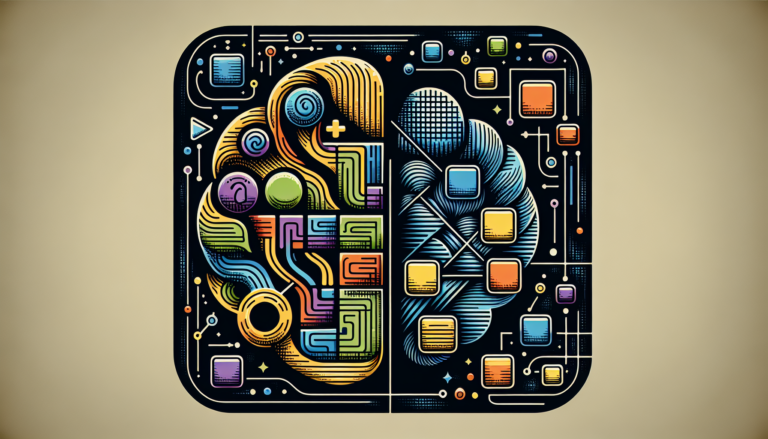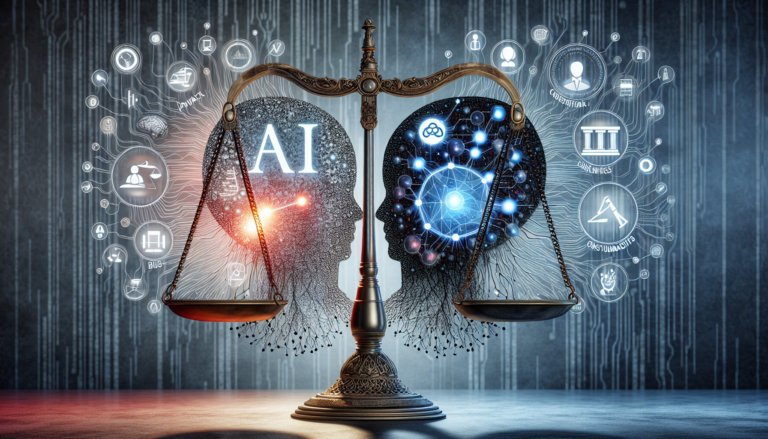Are you curious about the latest advancements in AI technology? Well, look no further because this article is here to inform and amaze you! From groundbreaking developments in machine learning to mind-boggling advancements in natural language processing, the world of artificial intelligence is constantly evolving. Prepare to be captivated as we explore the cutting-edge innovations that are shaping the future of AI. So, grab a cup of coffee, sit back, and get ready to be amazed by the incredible strides that AI technology has taken.
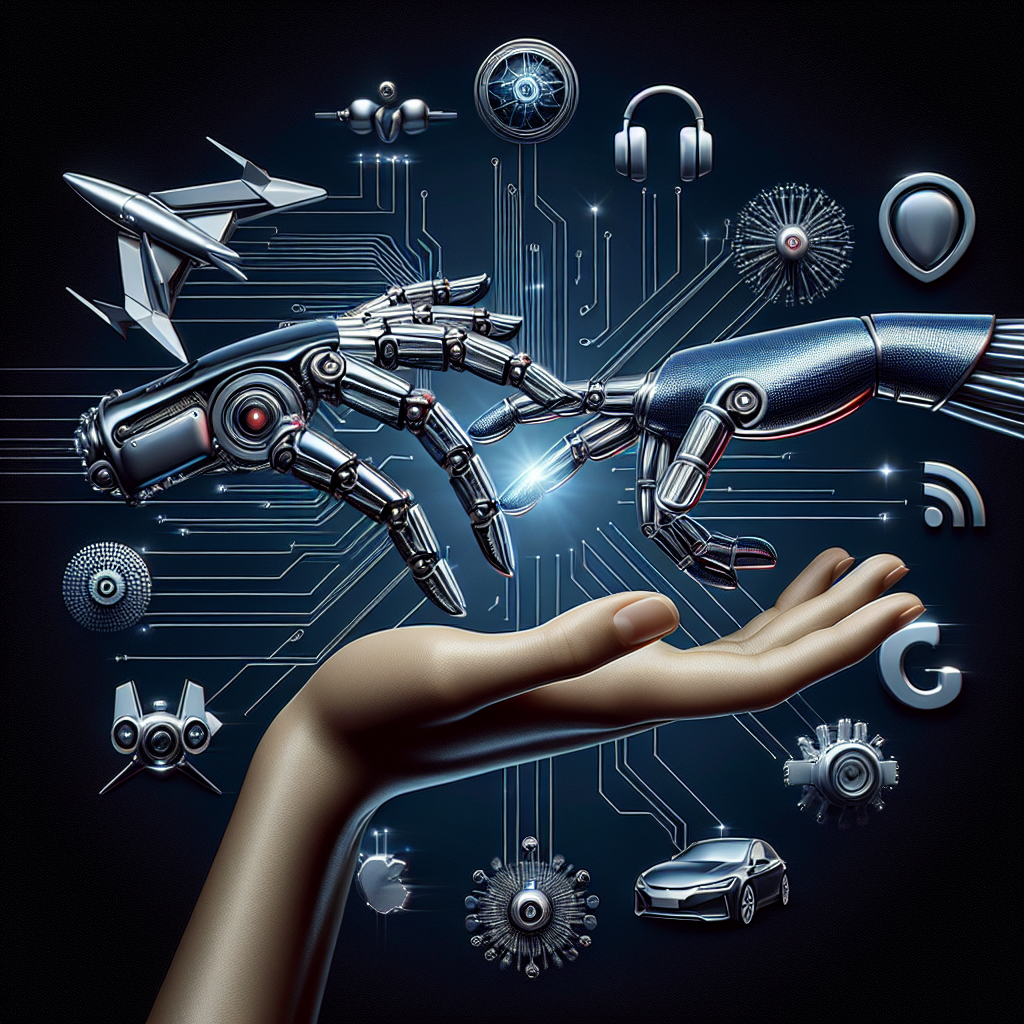
Image Recognition
Image recognition is a field within AI that has made tremendous advancements in recent years. Deep learning algorithms, in particular, have greatly contributed to more accurate and efficient image recognition systems. These algorithms, inspired by the human brain’s neural networks, can learn from vast amounts of data and extract meaningful patterns and features from images.
Transfer learning is another significant development in image recognition. It involves leveraging pre-trained deep learning models and applying them to new tasks or domains. By building on existing knowledge, transfer learning enables faster and more effective training of image recognition models, even when the available dataset is limited.
Generative adversarial networks (GANs) have also emerged as a powerful tool in image recognition. GANs consist of two neural networks: a generator and a discriminator. The generator generates synthetic images, while the discriminator evaluates and distinguishes between real and fake images. Through iterative training, GANs can generate highly realistic images that are indistinguishable from real ones, enhancing the capabilities of image recognition systems.
Natural Language Processing
Natural Language Processing (NLP) focuses on enabling computers to understand and process human language. One of the latest advancements in NLP is BERT (Bidirectional Encoder Representations from Transformers). BERT is a transformer-based model that has revolutionized language representation by considering the context of words in both directions. This technique has significantly improved the performance of various NLP tasks, such as sentiment analysis, named entity recognition, and question answering.
Transformer-based models, in general, have had a profound impact on NLP. These models, characterized by self-attention mechanisms, allow the model to focus on relevant parts of the input sequence, resulting in more accurate and context-aware language processing.
GPT-3 (Generative Pre-trained Transformer 3) is another remarkable advancement in NLP. It is one of the largest language models ever built, with billions of parameters. GPT-3 can generate coherent and contextually relevant text, making it highly valuable for tasks like natural language understanding and text generation.
Robotics
AI has greatly expanded the capabilities of robotics, enabling robots to perform tasks more effectively and efficiently. Robotic Process Automation (RPA) is an area where AI has made significant strides. RPA involves automating repetitive and rule-based tasks, allowing robots to carry out these tasks with accuracy and speed. RPA not only frees up human workers’ time but also reduces errors and increases productivity.
Collaborative robots, also known as cobots, represent another advancement in robotics. These robots are designed to work alongside humans, collaborating and interacting with them to complete complex tasks. Cobots can provide assistance and support in areas where human capabilities may be limited, enhancing overall productivity and efficiency.
Vision-guided robotics is another exciting application of AI in robotics. By leveraging computer vision algorithms, robots can perceive and understand their environment, enabling them to navigate, manipulate objects, and interact with their surroundings more intelligently and autonomously.
Autonomous Vehicles
Autonomous vehicles have captured the imagination of many, and AI plays a crucial role in making them a reality. Computer vision is a key component of autonomous vehicles, allowing them to perceive the surrounding environment and identify objects, pedestrians, and road signs. This enables the vehicle to make informed decisions and adapt to the changing environment in real-time.
Sensor fusion is another advancement in autonomous vehicles. By combining data from various sensors, such as cameras, LiDAR, radar, and GPS, autonomous vehicles can gather a comprehensive understanding of their surroundings. Sensor fusion enables the vehicle to create a detailed and accurate representation of the environment, enhancing navigation and decision-making capabilities.
Autonomous navigation is an essential aspect of autonomous vehicles. Through the use of AI technologies, vehicles can analyze and interpret sensor data, plan routes, and make real-time adjustments for safe and efficient navigation. AI-powered autonomous navigation systems are continuously improving, bringing us closer to a future with self-driving cars.
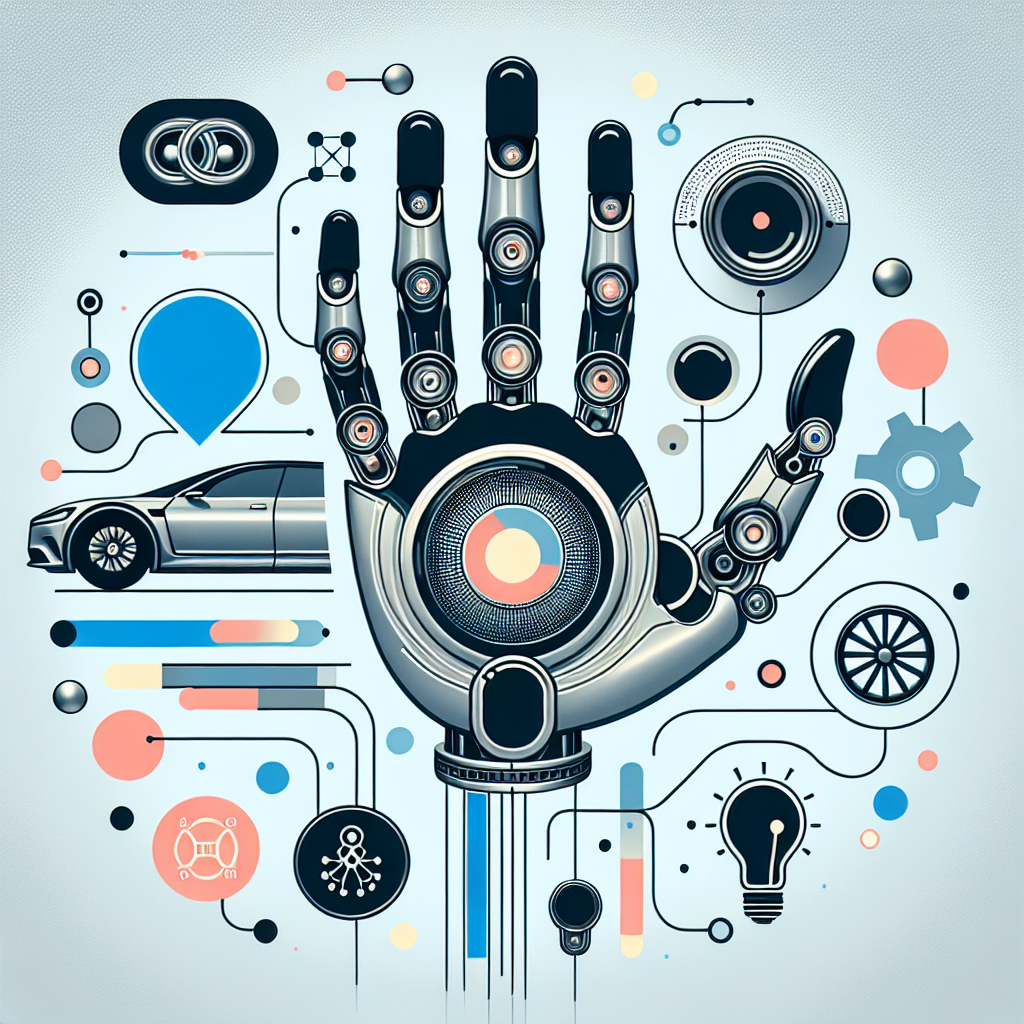
Healthcare
AI has the potential to revolutionize healthcare, and recent advancements have shown promising results. Predictive analytics, through the analysis of vast amounts of healthcare data, can help identify patterns and predict medical conditions. By analyzing factors such as patient records, symptoms, and genetic data, predictive analytics can assist in diagnosing diseases earlier, allowing for more effective treatment.
Medical imaging analysis is another area where AI has made significant advancements. AI-powered algorithms can analyze medical images, such as X-rays, MRIs, and CT scans, to detect abnormalities, identify diseases, and assist radiologists in their diagnoses. This technology improves accuracy and efficiency, helping healthcare professionals provide better and faster care to patients.
Virtual healthcare assistants, integrated with AI capabilities, are becoming increasingly common. These virtual assistants can provide patients with personalized health information, answer common medical questions, and even offer recommendations for self-care. By leveraging AI, virtual healthcare assistants can improve access to medical information and support patients in managing their health.
Virtual Assistants
Virtual assistants have become part of our daily lives, and AI has enhanced their capabilities. Virtual assistants integrated with AI can understand natural language and perform tasks based on voice commands. These assistants can schedule appointments, send messages, answer questions, and even control smart homes or devices. By continuously learning and adapting to user preferences, these virtual assistants offer a personalized and convenient user experience.
Conversational AI is at the core of advanced virtual assistants. Natural language understanding and generation enable virtual assistants to engage in human-like conversations, providing more interactive and helpful interactions. Conversational AI technologies employ techniques such as sentiment analysis, context understanding, and intent recognition to create engaging and natural conversations.
Emotional AI represents a significant advancement in virtual assistant technology. By analyzing voice tone, facial expressions, and other contextual cues, virtual assistants can detect and respond to users’ emotional states. This capability enables virtual assistants to provide empathetic and personalized support, leading to more satisfying and meaningful user interactions.
Quantum AI
Quantum AI merges two cutting-edge fields: quantum computing and artificial intelligence. Quantum machine learning is an area that explores the use of quantum computers to solve AI-related problems. By leveraging the unique properties of quantum systems, such as superposition and entanglement, quantum machine learning algorithms aim to achieve faster and more efficient computing for complex AI tasks.
Quantum computing itself is a significant advancement in AI technology. Quantum computers harness quantum mechanical phenomena to perform computations that would be infeasible for classical computers. These powerful machines have the potential to solve complex optimization problems, accelerate AI training, and advance various AI applications.
Quantum algorithms specifically designed for AI tasks are also being developed. These algorithms are tailored to leverage the advantages of quantum computing for specific AI problems, such as pattern recognition, optimization, and data analysis. Quantum AI represents a fascinating area of research and holds the promise of unlocking new possibilities and breakthroughs in artificial intelligence.
Cybersecurity
With the increasing complexity of cyber threats, AI has become instrumental in improving cybersecurity defenses. AI-powered threat detection systems analyze vast amounts of data to identify patterns and anomalies that may indicate potential security breaches. By continuously learning from new threats and adapting to changing attack techniques, these systems robustly protect organizations against cyberattacks.
Behavioral biometrics is another advancement in cybersecurity. By analyzing individual patterns of behavior, such as typing speed, mouse movements, and navigation habits, AI systems can identify and authenticate users more securely. Behavioral biometrics provide an additional layer of protection against impersonation and unauthorized access attempts, enhancing overall cybersecurity.
Adaptive cybersecurity is an approach that leverages AI technologies to dynamically respond to emerging threats. These systems can autonomously adjust security measures based on real-time threat intelligence, allowing organizations to proactively defend against evolving cyber threats. The adaptive nature of these systems ensures that cybersecurity measures are continuously updated to address new attack vectors and vulnerabilities.
Data Analytics and Decision Making
AI has revolutionized the field of data analytics, enabling organizations to extract valuable insights and make informed decisions. Automated data analysis, powered by AI algorithms, processes massive amounts of data quickly and efficiently, uncovering patterns, trends, and correlations that may not be immediately apparent to humans. This accelerates the decision-making process and enhances the effectiveness of data-driven strategies.
Prescriptive analytics takes data analytics a step further by not only providing insights but also suggesting optimal courses of action. AI models can analyze historical data, current conditions, and potential future scenarios to recommend decision alternatives and their potential outcomes. Prescriptive analytics helps organizations make data-informed decisions and optimize their operations for better outcomes.
Explainable AI has emerged as a critical development in data analytics and decision-making. Traditionally, AI models have been considered “black boxes,” making it challenging to understand how they arrive at their decisions. Explainable AI techniques aim to provide transparency and interpretability to AI models, enabling humans to understand the rationale behind their recommendations. This promotes trust, accountability, and ethical use of AI in decision-making processes.
Business Automation
Business automation, driven by AI technologies, streamlines and optimizes organizational processes, improving efficiency and productivity. Process automation involves using AI algorithms and robotic systems to automate repetitive and rule-based tasks traditionally performed by humans. By delegating these tasks to AI systems, businesses can free up human resources to focus on more complex and high-value activities.
Intelligent document processing is another advancement in business automation. AI-powered algorithms can analyze and extract relevant information from unstructured documents, such as invoices, contracts, and receipts. This automated document processing improves accuracy, reduces manual effort, and speeds up document-handling processes, benefiting various industries, including finance, legal, and healthcare.
Cognitive automation combines AI capabilities with cognitive technologies like natural language processing and machine learning to automate complex and cognitive tasks. By simulating human intelligence, cognitive automation systems can understand, learn, and reason about unstructured data, making them suitable for tasks that require judgment, decision-making, and problem-solving. This technology optimizes business processes and augments human capabilities, leading to increased operational efficiency.
AI technology continues to advance at a rapid pace, transforming industries and opening up new possibilities. From image recognition and natural language processing to robotics and healthcare, AI is pushing boundaries and enabling the development of innovative solutions. As AI technology matures, we can expect even more exciting advancements and applications that will shape the way we live, work, and interact with intelligent systems.






